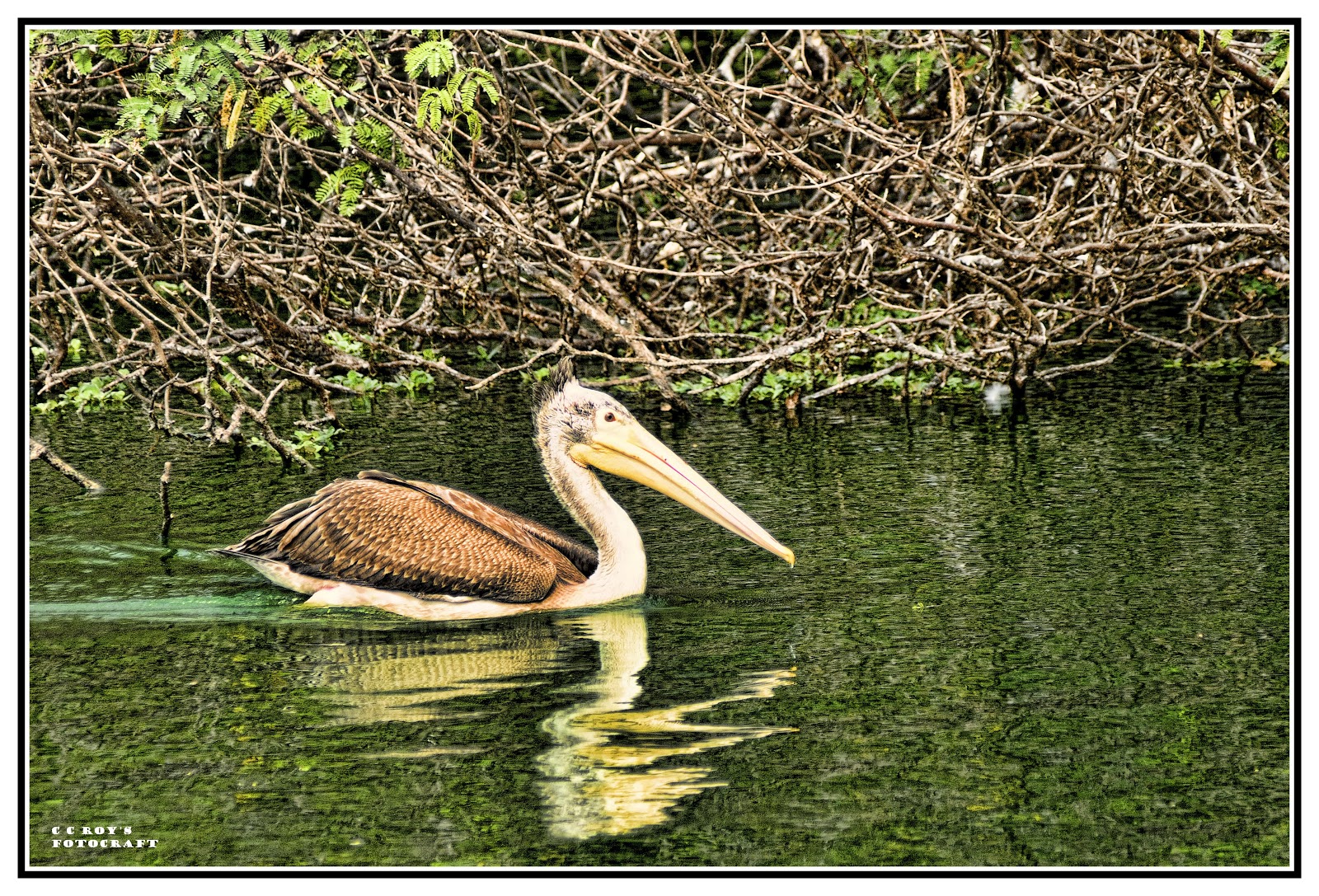Konaseema is a delta located in the East Godavari district of Andhra Pradesh, India. This delta is surrounded on all sides by waters (of River Godavari and the Bay of Bengal). Konaseema is famous for its scenic greenery.The origin of the name may be from Telugu word "Kona" meaning corner which resembles its shape. The northern side is bounded by Gautami Godavari and southern side is bounded by Vasista Godavari.
It is one of most fertile lands. The entire region is rich in Coconut trees, Mango groves, Cashew and paddy fields.Its magnificent landscape, artistic temples, lavish greenery, lustrous coconut grooves and fields takes ones breath away.Coconut palms, the arboreal symbol of Konaseema landscape, fringe the backwaters framing the blue tropical sky during daytime and a starry twinkling firmament during evenings.
There are diverse sceneries along the backwaters crisscrossing the coastal areas.Konaseema is known for its backwaters. They as a whole, form an intricate network of lagoons, lakes, canals, estuaries, and rivers that drain into the bay of bengal. Boating along the backwaters offers spectacular views and vistas of konaseema’s pristine natural beauty.Cruising along the backwaters is an ideal way to discover the real Konaseema. The placid backwaters that stretch for kilometers are covered with swinging coconut trees, canals and small islands.
Holy Temples have always been a strong reason of travel to Konaseema. There are many temples herewith excellent architecture and a story behind each temple. The important temples are Vinayaka temple at Ainavilli, Sri Jagan Mohini Keshava Swamy at Ryali, Sree veereswara swamy temple at Marumalla, Sri Someswara Swamy Temple at Kotipalli , Sri Suryanarayana Swamy Varu at G Mammidada, Bheemeshwara Swamy at Draksharamam, Sri Kukkuteshwara Swamy Temple at Pithapuram, Sri Lakshmi Narasimha Swamy Temple at Anthervedi, Venketeshwara swamy at Appanpalli, Sri Kshira Rama Lingeshwara swamy at Pallakollu, Sri Someshwara Janardhana Swamy at Bhimavaram.
These are pictures shot with a simple p&s Nikon Coolpix S8200, during my visit to this magnificient countryside alongwith my son, a post doctoral scholar at Harvard University, when he came on a vacation, to show him the beauty our countryside.
After the visit I realised why the people who hail from this place love Konaseema and are very proud to tell others that they belong to this beautiful place.
 |
| Small boat in Godavari |
 |
| Hutments |
 |
| Coconut grove around beautiful pond |
 |
| Coconut trees skirting paddy fields |
 |
| My son shooting in a paddy field |
 |
| Tractor and cranes |
 |
| Beautiful greenery |
 |
| Tiled house surrounded by coconut trees |









































